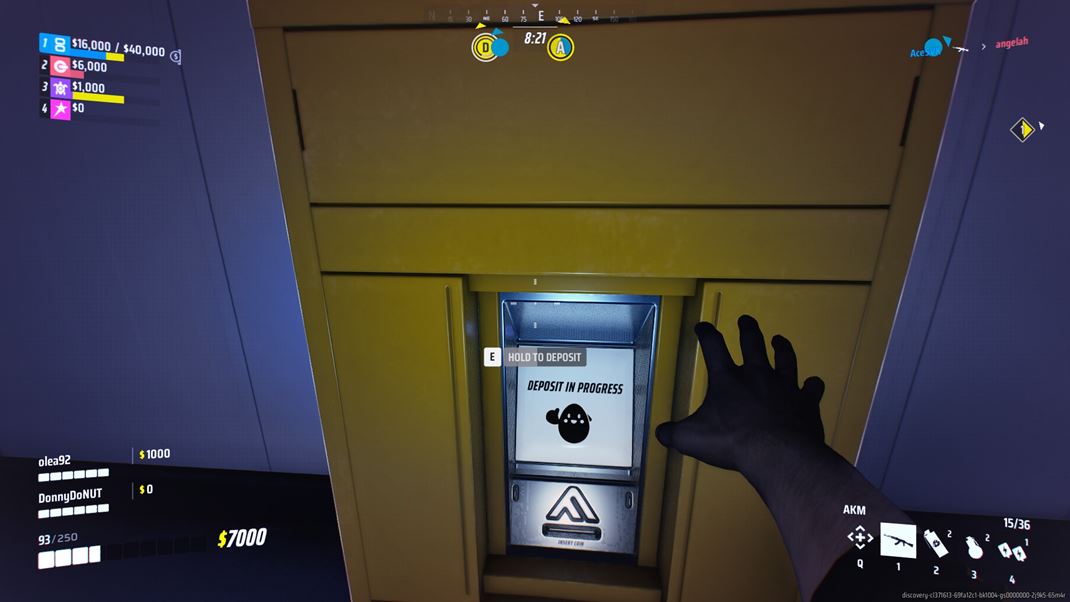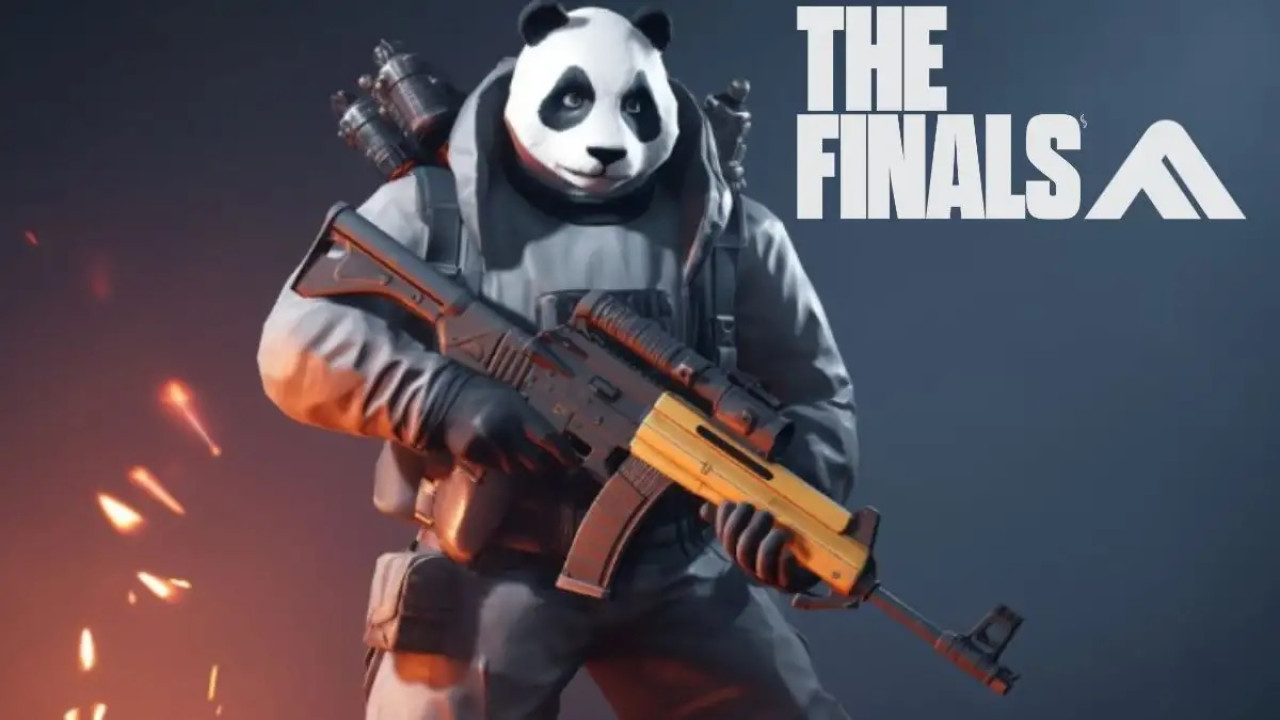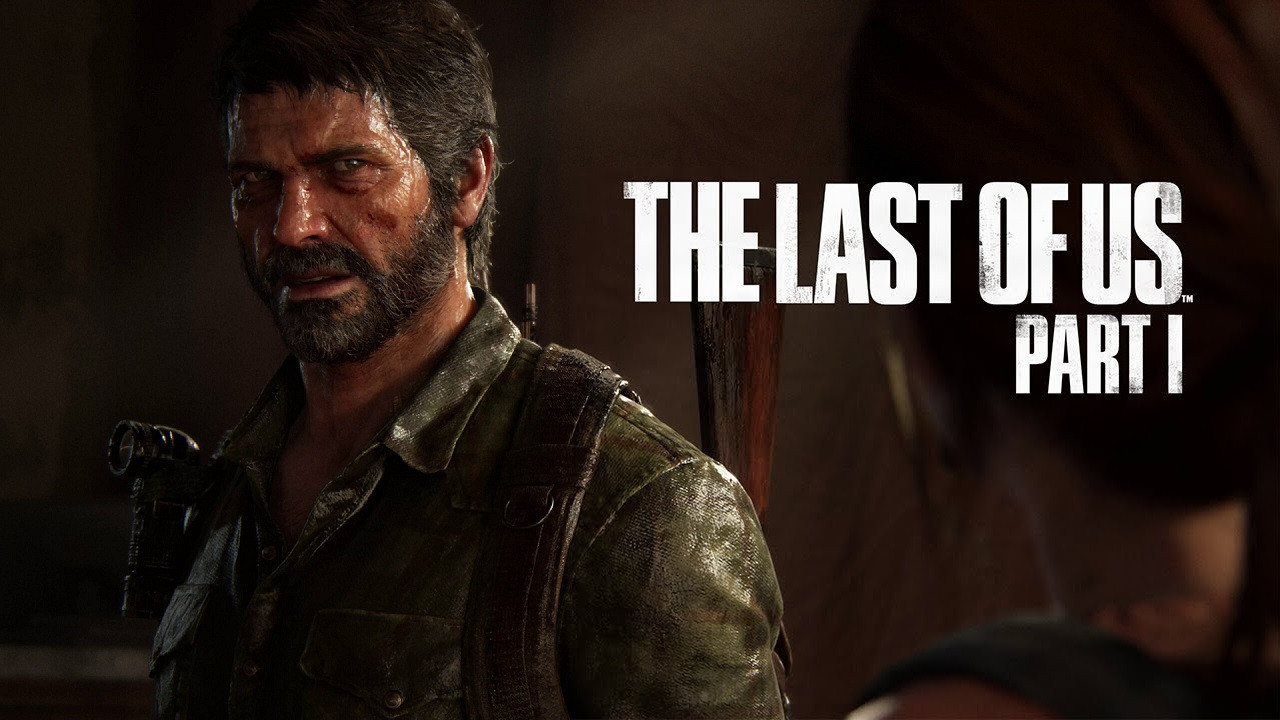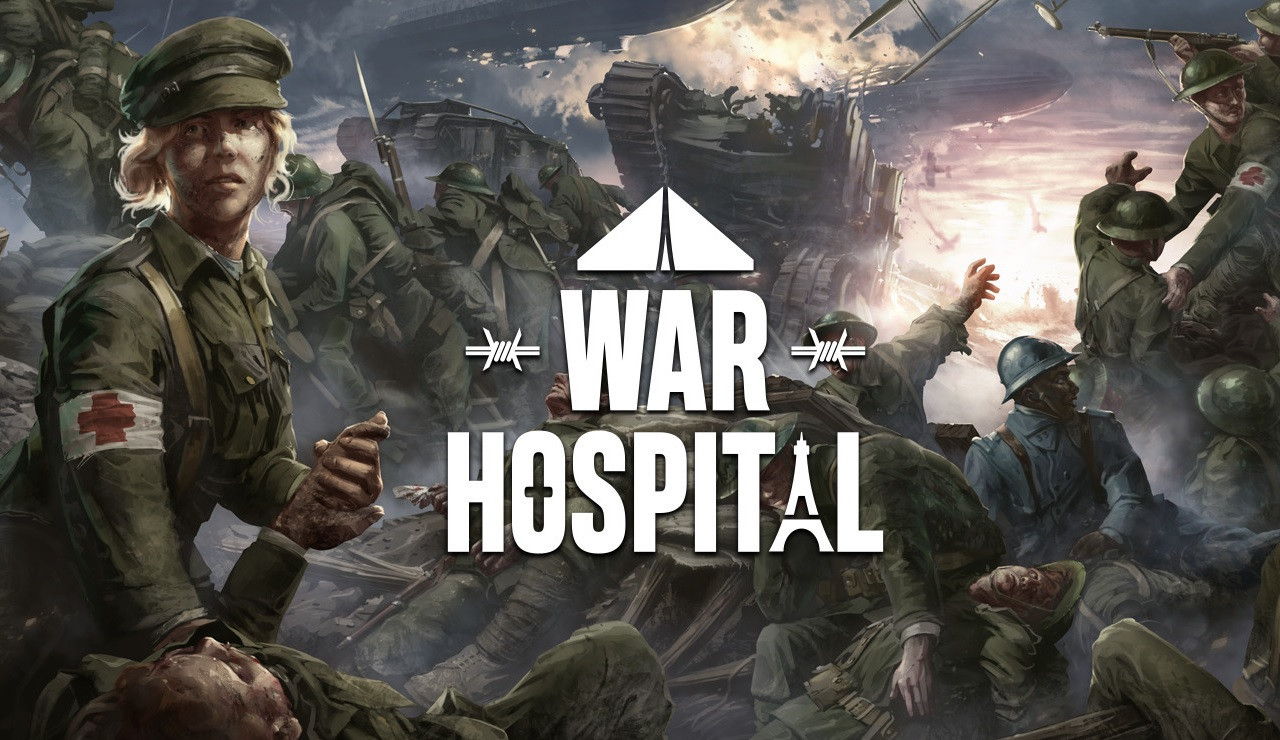The Finals — Review
Occasionally, once every few years, something emerges that shakes up the multiplayer scene. And now I'm not talking about games like Squad or Hell Let Loose, which are high-quality and have their dedicated communities. I mean truly groundbreaking shifts that can weaken the position of even a giant like the Call of Duty series. It seems like this year it may have happened, or at least it appears so. The full version of The Finals has been released, and within the first two weeks, it has surpassed 10 million players. That's a massive number, and since the game is free and has quality, it could practically be just the beginning.
But let's first talk about what The Finals actually is. Or rather, what it is not. If you browse discussions not only here but elsewhere, you'll find plenty of posts from players who haven't played the game (and probably haven't even seen it) claiming it's nonsense because it's just another... (insert whatever you've seen in posts). But it's not like that. It's not a Battle Royale. It's not a looter shooter. It's not a hero shooter either, although the closest genre tag for The Finals might be "hero builder." You don't have predefined characters with their abilities; here, you create your own characters. The developers introduced only three basic archetypes – light, medium, and heavy. They differ in size, speed, and health. These are the basic attributes you won't influence. Then it's up to you how you equip your character, both visually and with weapons and gear. Each character class has three special abilities, a variety of weapons, and even more equipment. Then it's up to you to find what suits you or fits the current gaming meta.
The possibilities for variability in gaming builds are enormous, and over time you'll find the right build in all three classes to adapt to your team's needs. As you might expect, everything you can equip your character with corresponds to the respective class. So, if we take, for example, the heavy class, it's focused on strength and endurance, not so much on speed and agility. Abilities, weapons, and equipment align with these characteristics. You won't find sniper rifles here, but there's a massive demolition hammer to help you pave the way even where there isn't one. Among the weapons, there's, for instance, a flamethrower designed for situations when you're facing overwhelming odds, as this class gives you a chance to withstand against two players.

The light class is the exact opposite. It's fast but very weak, with essentially only a few hit points. However, due to its mobility, this type of character is harder to hit. That's why it has abilities like invisibility, which can cause a lot of trouble for enemies. Of course, this character isn't entirely invisible; you see some distortion in space, but it's something that's hard to notice in the heat of battle. It has both firearms and, for example, a katana. The katana combines very well with the mentioned invisibility, allowing you to discreetly strike an unsuspecting opponent.
And then there's the medium class in between. Perhaps compared to these two, it may seem boring because it's essentially a basic FPS archetype – average mobility, average endurance, ordinary weapons (submachine guns, shotguns...), and a relatively standard loadout. But it can heal teammates with one of its abilities. Or it can deploy a small (but effective) defensive turret, which comes in handy when you need to defend your position. It's then up to you how you compose a team of these three characters. You can have all three characters of the same class, but it would be better if you complemented each other, gaining an advantage in battle.
The Finals is not played entirely traditionally. In regular multiplayer games, two teams face each other, and it's about what they fight against. The Finals is about battles between three or four smaller teams, depending on the mode. And it's about the money. It also varies depending on the mode. The game is divided into fast modes and tournaments. Among the fast modes, there are Quick Cash and Bank It. Then there are tournaments as the core of the game, which you must first qualify for. You can quickly advance to casual tournaments. However, you have to play dozens of matches to get to Ranked tournaments.
Quick Cash involves three three-player teams fighting for money. First, you need to acquire a money crate, which takes a while. Then one of you must take the crate and run to the vault, where you cash it, and the money is credited to your account. The team that first reaches a certain amount of money or has the most in the account when the time limit expires wins. In this mode, everything takes a bit of time. It takes time to open the crate. It takes time to hand over the money. And while you're doing that, another team can steal it from you. So you must think tactically, play as a team, and ensure you don't engage in unnecessary battles (and lose lives) when you don't have to. The locations of crates and vaults gradually change in this mode.

On the other hand, Bank It is a more casual mode for four groups of three players each. This mode is about fast-paced gameplay, where you also open crates, but the money drops from them after a while, and you carry it on you. Then it's all about running to the vault and quickly depositing the money. It's more dynamic, action-packed, and you can play more independently. Especially because money also drops from players you kill. So, you can wait somewhere for a player carrying a substantial amount, and after a well-placed shot, it's yours. Then all you need to do is catch up and quickly deposit the money. Locations of individual points change here as well.
And finally, the tournaments. This is the area where you should demonstrate your skills and really play with a team you know and complement. It starts with eight teams, and it's a classic elimination, where winners from two branches gradually merge into one, and then it's all about who is the best. The gameplay here is in the Quick Cash style, although with certain variations. Still, you must bring the crate to a specific location and protect it until you cash it. However, respawning is limited, and if opponents eliminate your entire team, it hurts even more.
Here, you genuinely test your skills; you have to choose abilities, weapons, and equipment wisely. Various types of grenades, mines, shields, and more come in handy. Even a foam grenade can prevent advancing opponents. If you succeed in Ranked tournaments, you will gradually climb the ladder from bronze ranks higher. An interesting aspect is that although eliminations have their significance, this FPS is not entirely about the number of frags on your account. Therefore, it's more suitable for older players who may not have the same reflexes but can play more tactically and have trusted teammates over the years. You can be part of the winning team without having 15 eliminations on your account. It's enough if you can defend the cashing well. Or in Bank It, you're fast enough to gain money and run to the goal.
This is an aspect that certainly attracts not only me to The Finals and keeps me playing. I don't have the patience to hand out headshots to thirteen-year-old kids anymore. But with a good team, I can win here easily. The destructible environment plays a significant role in this, bringing new possibilities for advancement and tactics. You can play the game for hours and still discover something new. It's essentially a demolishing sandbox. You can destroy walls, ceilings, floors—almost everything. You can carve a path through a wall, set traps for opponents. You can use all of it to your advantage.

Let's say you need to empty a nice bundle of cash, but it takes time. Mines or a teammate with a hammer, capable of destroying floors, can help you. If opponents try to steal your crate during the cashing process, you can detonate the floor beneath them, making them fall a floor lower, potentially blocking the crate with debris and making it harder for opponents to reach it. It's up to you how you utilize these options, but they are fantastic. It's no surprise since the game is developed by former DICE developers (Battlefield series), and they aimed to take the possibilities of destruction to a new level, which they succeeded in doing. Various elements in the environment, such as explosive barrels or containers, can also be utilized. Just pick them up and throw them at enemies.
The Finals currently has three maps (Monaco, Seoul, Las Vegas, and a fourth one that mixes elements from these three in a stadium). Still, there's also a system for their variation, so you can play three times in a row on the same map, but it will always look different. There's a modifier system that changes buildings, settings, time of day, weather, and various other aspects of the map. However, there's always significant destruction and verticality. Over time, of course, you may get used to it, but so far, it works well, and the variability is good. I must also commend the fidelity of the maps, where you'll find well-crafted locations like Fremont Street or a variation of the cathedral in Monaco. If that's not enough, dynamic events take place on the maps, such as alien attacks, meteorite falls, and more. You can work with them too, for example, use a bounce pad to deflect a meteorite. Again, it just shows that the maps in this game are essentially a playground, and it's up to you how you play on it.
The game doesn't have a story or any particularly elaborate setting. You have commentators, indicating that you're participants in a reality show where you fight for money and sponsors. That's it. It's a shame. Overwatch showed that even multiplayer games can have an interesting and well-developed world, but you won't find anything like that here. The focus is more on younger players, more on stylization, so you'll see flashy characters in Elvis costumes with pink weapons and the like. But on the other hand, it's easier to notice them during the battle, and there's enough cosmetics for you to customize your character and make it look decent.
Since the game is free to play, it mainly earns money from microtransactions and battle passes. It's pleasing that you can exclusively get cosmetic items this way, and then you unlock all weapons and equipment by playing. It happens relatively quickly, and you'll equip all three classes according to your taste quite soon. Subsequently, you level up all the equipment by using it, unlocking new weapon skins, and more. If you don't pay, you won't have all those shiny and colorful things, but you'll be able to change your character's appearance visually, and you won't feel like you're lagging behind paying players in anything essential. The balance here is very good.

Graphics could be better; it's stylized somewhat like Fortnite, another indication of targeting the Gen Z audience, but it doesn't look bad. Characters are stylized, but weapons, equipment, and maps appear more realistic. The game moves excellently, allowing you to run it in 4K with high framerates even on older setups. You can activate DLSS to save some performance. The sound is very good and rich, with maps filled with various sounds that you can eventually use to your advantage. You can navigate effectively based on the well-processed spatial layout, which is also of high quality.
The online gaming experience in The Finals is very solid; servers work well, and the tick rate seems to be higher than in some competitive games. I didn't experience any lag or other issues. The game connects you to nearby servers, so you won't have high ping in Europe. While there's no server browser, automatic matchmaking does a good job, finding matches almost instantly. It usually takes no more than a minute, often only 10-15 seconds, even after the recent matchmaking update. Match balancing also seems good, pairing players of similar skill levels. However, the loading times are surprisingly long for some reason, even on an M.2 NVMe drive.
There are some negatives, some smaller, others more significant. However, fundamentally, what bothers me the most is that the game doesn't motivate experimentation. Unlocking new equipment isn't fast enough for you to try something new every match and find the best build. But I understand that the progression is set up well in the end. Worse is that practically every mode immediately devolves into chasing the meta. There's no mode where you can just experiment with things. If you don't want to be unnecessarily frustrated, you have to play what works. It reminds me of the first month after the release of Overwatch, when players already discovered the best compositions and tactics, but Blizzard hadn't reacted with a meta shift yet. On certain maps, you always played against the same opponents with the same lineup. If someone played differently, they lost. It seems to be shaping up similarly here, which is a shame. Perhaps some 6v6 casual TDM mode without money would help. Overall, the game will need more maps and more modes over time, special events, and so on. Christmas brought only snow to the maps and Christmas cosmetics.
Nevertheless, I enjoy The Finals more than any other multiplayer game in perhaps the last 5 years. It's dynamic, explosive, thrilling, mechanically well-executed, and technically well-polished. The issues present before release are gone, leaving a fun, action-packed gameplay experience for anyone hungry for action and destruction. Even if you already have a few grey hairs and your reflexes aren't what they used to be, you can achieve something in the game. Perhaps not with the best K/D, but with a well-executed defense, the most assists, revives, or simply in some other way. The small team format encourages a different playstyle than Call of Duty, Battlefield, and others, offering a unique experience that practically has no match in the market.






Comments (0)
No comments found